Results
-
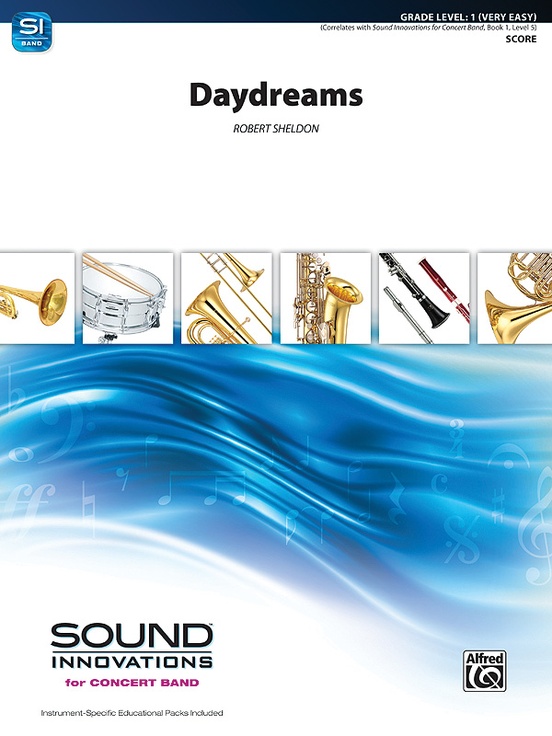 £49.95
£49.95Daydreams - Robert Sheldon
Everyone has the pleasure of an occasional daydream where reality is set aside and happy thoughts or memories are brought to mind. It is in this spirit that this composition transports your audience to a lovely, imaginary place during your concert. (1:40) Correlates to Book 1, Level 5. This title is available in MakeMusic Cloud.
Estimated dispatch 3-5 working days
-
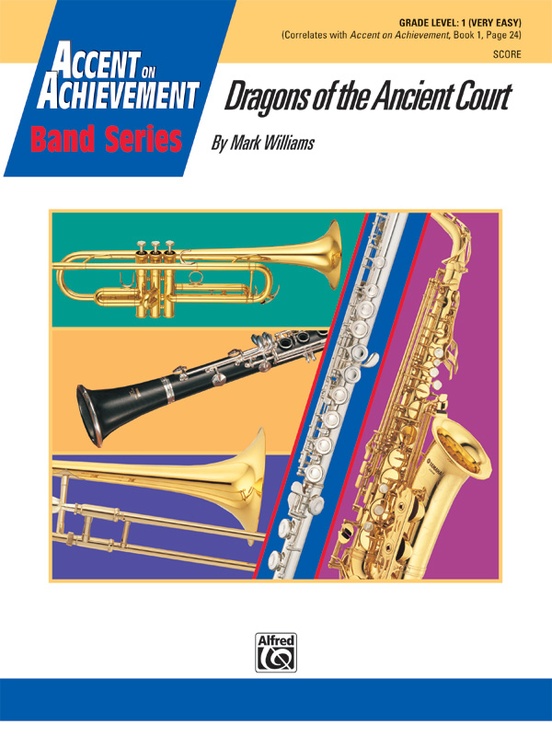 £41.50
£41.50Dragons of the Ancient Court - Mark Williams
Travel back in time to revisit the ancient legends of the dragon in this powerful new work for young bands. Filled with driving rhythms and strong, accented lines, this piece is a surefire student and audience favorite. Many cultures around the world share a fascination with their own stories of dragons, and this music brings that fascination to the musical stage. (1:50) >, Book 1, page 24.
Estimated dispatch 3-5 working days
-
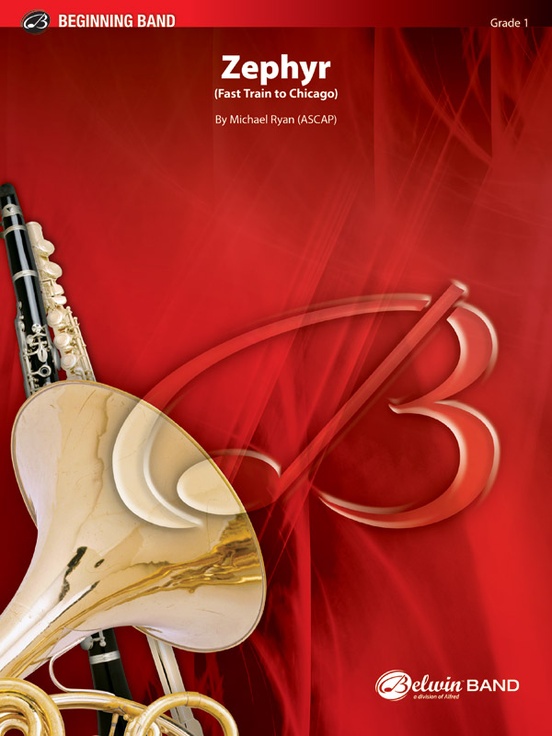 £51.50
£51.50Zephyr - Michael Ryan
Commemorating the historic 1934 non-stop world record set by Burlington Railroad's 1,015 journey from Denver to Chicago, this brilliant original composition is filled with teaching opportunities. The historic train ride can be experienced throughout the work, including the sound of crossing bells and the familiar crossing horn signal. All aboard! (1:45)
Estimated dispatch 3-5 working days
-
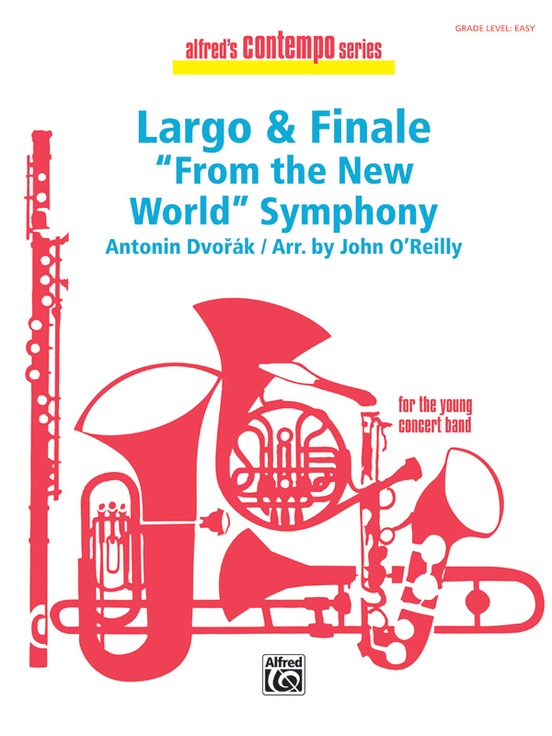 £36.95
£36.95Largo and Finale from the - Antonín Dvorák / arr. John O'Reilly
The familiar themes from the first and last movements of Dvork's 'New World Symphony' provide a good vehicle for introducing quality music at an easy grade level. (Grade 1 1/2)
Estimated dispatch 3-5 working days
-
 £41.50
£41.50Rockin', Rollin' River - Mark Williams
Your students will really swing on this fun-to-play, jazzy tune. The low brass plays a funky bass line over a blues progression before the whole band joins in with the upper voices on the melody 'Shenandoah Valley.' Two-measure solo breaks spotlight flutes, saxophones and clarinets, and later the drums play an eight-measure feature. (Grade 1 1/2---Easy)
Estimated dispatch 3-5 working days
-
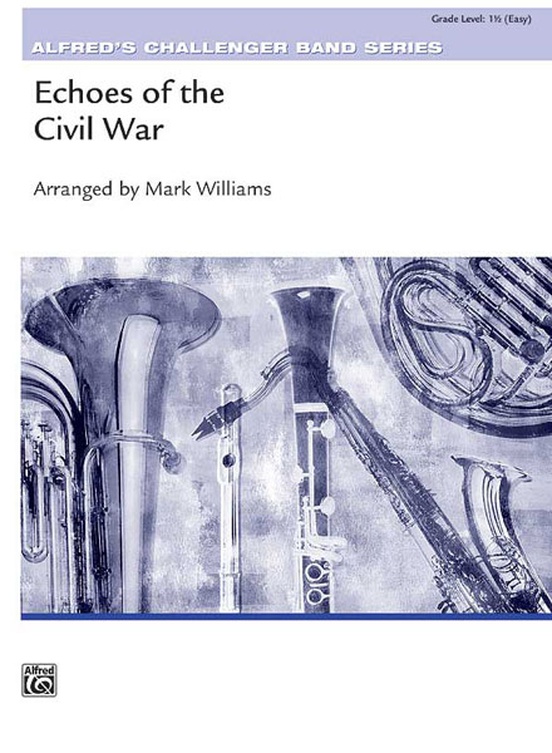 £48.95
£48.95Echoes of the Civil War - Mark Williams
This nostalgic arrangement of Civil War tunes begins with a peaceful woodwind statement of the 'Battle Cry of Freedom.' A trumpet and drum fanfare brings contrast and heralds the arrival of an upbeat section where 'Dixie,' played by the woodwinds, is superimposed over the opening tune in the brass. A stirring piece, filled with bittersweet pride and respect for an important period in American history. (Grade 1 1/2---Easy)
Estimated dispatch 3-5 working days
-
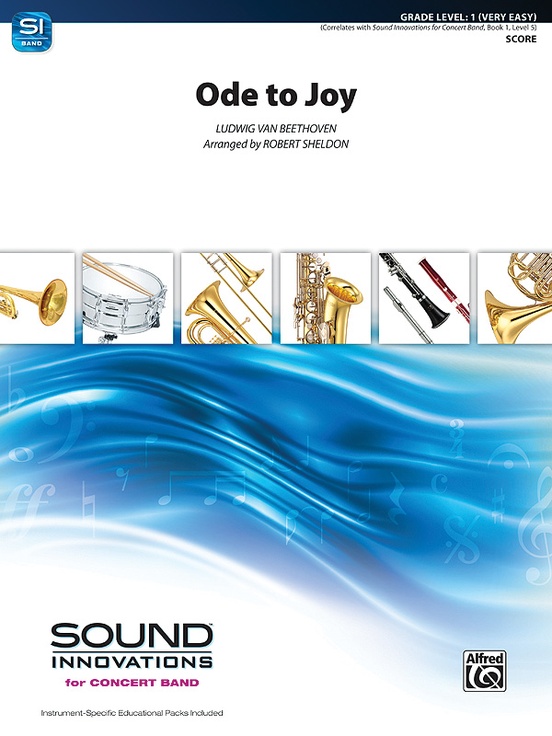 £48.95
£48.95Ode to Joy - Ludwig van Beethoven / arr. Robert Sheldon
The musical setting of "Ode to Joy" by Ludwig van Beethoven in the final movement of his is one of the best-known melodies of all time. This young band arrangement allows first-year players to experience a full band setting of this important theme. (1:30) Correlates to Book 1, Level 5.
Estimated dispatch 3-5 working days
-
 £50.50
£50.50O Canada (multi-level version) - Calixa Lavallée / arr. David Marlatt
Over the years there have been surprisingly few arrangements of the national anthem of Canada. This version is quite unique and will prove to be extremely useful in all kinds of performance situations. This is not an arrangement for only one difficultly level, it is for four! There are four versions found in everyone's part: All these versions are in the same key and use the same basic harmonies which means they are all completely interchangeable! If you have an excellent trumpet player in your grade 1 1/2 level band, she/he can play the next version up and it will all fit together and sound great! This revolutionary concept means that elementary schools and high schools can own the same set and combine players for a mass band concert. This set of arrangements is ideal for any program no matter what the diversity of talents.
Estimated dispatch 3-5 working days
-
 £66.95
£66.95Latin American Symphonette (Symphonette No. 4) - Morton Gould
Morton Gould, equally comfortable in the worlds of both "serious" and "light" music, presented his symphonettes (an Americanization of the term "sinfonietta," much like kitchenette and dinette) as works of a truly American vernacular, drawing on popular culture as well as classical forms. His Fourth Symphonette is a departure from the musical language of the previous symphonettes, as it is bursting with latino rhythms, each distinct style in its own movement: I. Rhumba, II. Tango, III. Guaracha, and IV. Conga. Completed in 1940, the work was premiered by the NYA Symphony in New York, under the direction of Fritz Mahler. The saxophones, guitar and piano, although desirable, are optional and fully cued in the other parts. Generally, all parts are well cross-cued so that the work can be performed with a smaller orchestra. Instrumentation in set: 3(1&3 d.Picc).2.3(+BCl).2: 2ASax(dCl).TSax(dCl).BSax(dCl): 4.3.3.1: Timp.Perc.(3): Hp.Gtr.Pno: Str(9.8.7.6.5).
Estimated dispatch 3-5 working days
-
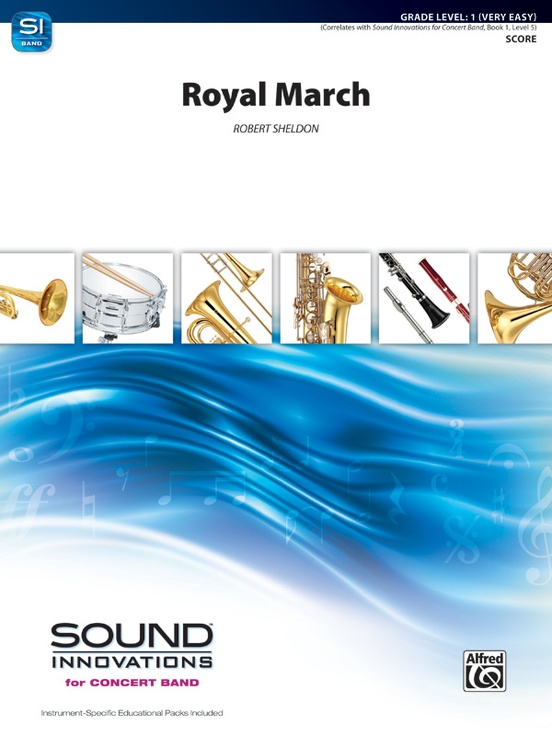 £48.95
£48.95Royal March - Robert Sheldon
This processional-style march is an excellent choice for opening a concert or performing at a graduation ceremony. Correlated to Book 1, Level 5 of , this piece is playable by young players in their first year of training. (1:30)
Estimated dispatch 3-5 working days
